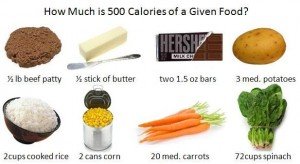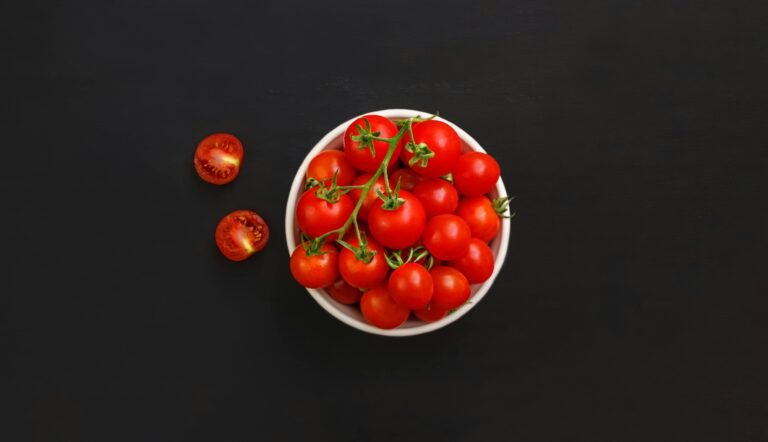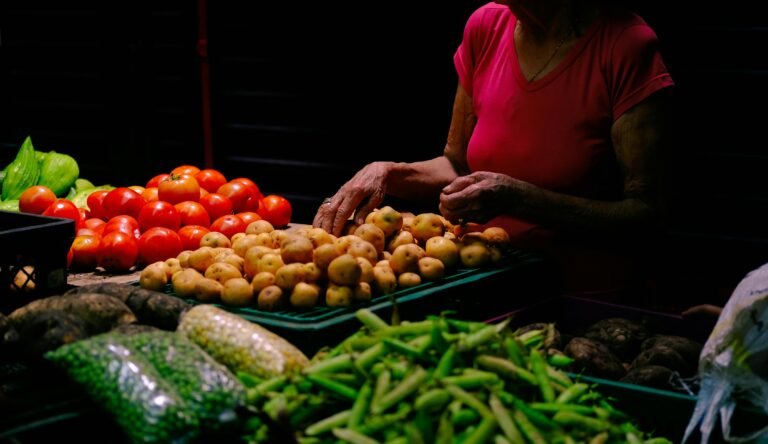Food calories are not accurate, that’s why
 Even those who thank heaven ignore how many calories are hidden behind a plate of pappardelle with mushrooms, know that every food contains calories: the discovery of calories and the related calorie count per food are notions dating back over a hundred years ago, and have remained unchanged ever since. The discovery that every food releases energy, which can be calculated in the form of calories (and in our case in kilocalories), is in fact by the American scientist Wilbur Atwater , who worked for the United States Department of Agriculture and lived in the second half of the 1800s. Consequently, the way of calculating calories has remained largely unchanged since then. But did the research go on? Apparently yes.While Atwater’s method has spread widely, so much so that it would now be impossible to change and update the calorie counts of foods according to what is now known, it seems that the calories of foods are not precise especially for some foods.
Even those who thank heaven ignore how many calories are hidden behind a plate of pappardelle with mushrooms, know that every food contains calories: the discovery of calories and the related calorie count per food are notions dating back over a hundred years ago, and have remained unchanged ever since. The discovery that every food releases energy, which can be calculated in the form of calories (and in our case in kilocalories), is in fact by the American scientist Wilbur Atwater , who worked for the United States Department of Agriculture and lived in the second half of the 1800s. Consequently, the way of calculating calories has remained largely unchanged since then. But did the research go on? Apparently yes.While Atwater’s method has spread widely, so much so that it would now be impossible to change and update the calorie counts of foods according to what is now known, it seems that the calories of foods are not precise especially for some foods.
FOOD CALORIES ARE NOT ACCURATE IN:
– Meat and other animal proteins: we would not get all the calories from meat and fish, because the body burns some of them to digest them properly.
– Walnuts, almonds and hazelnuts: they are one of the most difficult foods to digest for our body, which assimilates them to 75 percent compared to 100 percent of the estimated calories. The result? We have to consider 25 percent fewer calories.
FOOD CALORIES ARE ACCURATE IN:
– Refined carbohydrates: white flour, pasta and rice, bread and baked goods. If the manufacturer was honest in entering the calories, then the calories of industrially processed carbohydrates, such as refined ones, are pretty accurate. Same thing for white sugar and therefore for most industrial products. Calories from snacks and fast food foods are also closer to what is reported in the whole food table, which may not be 100 percent assimilated.





























+ There are no comments
Add yours